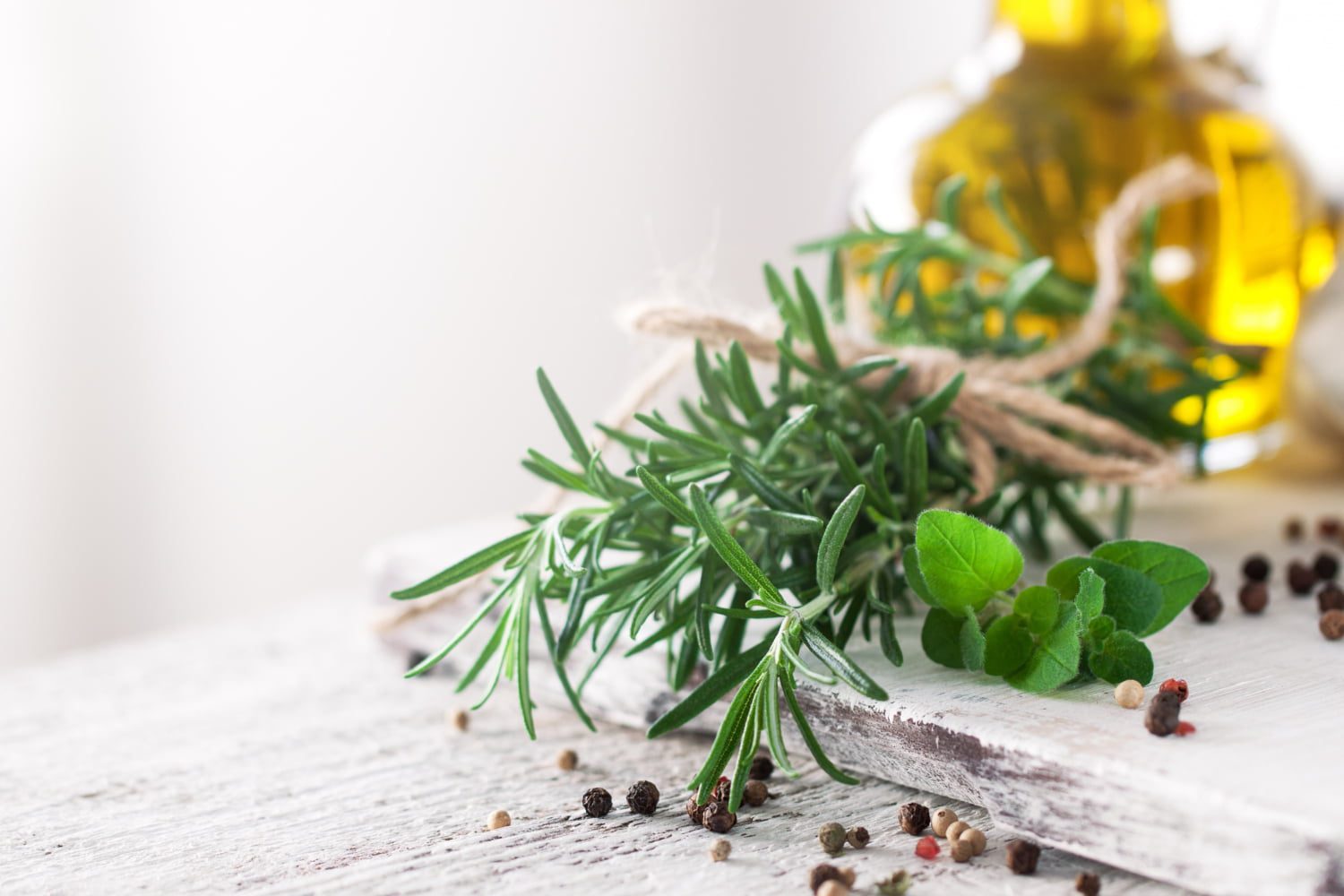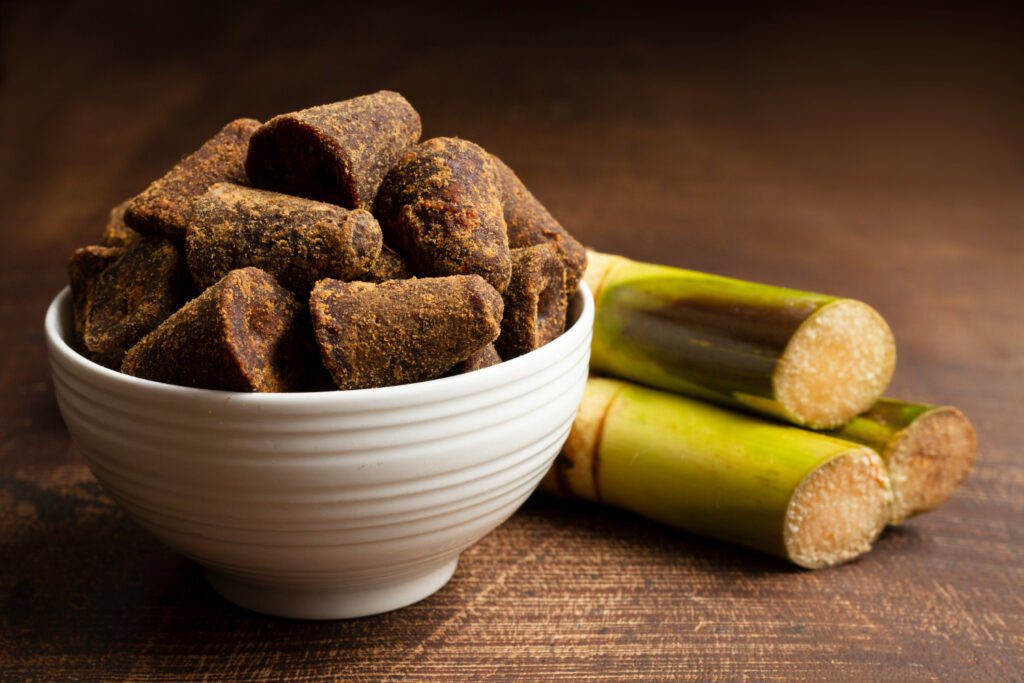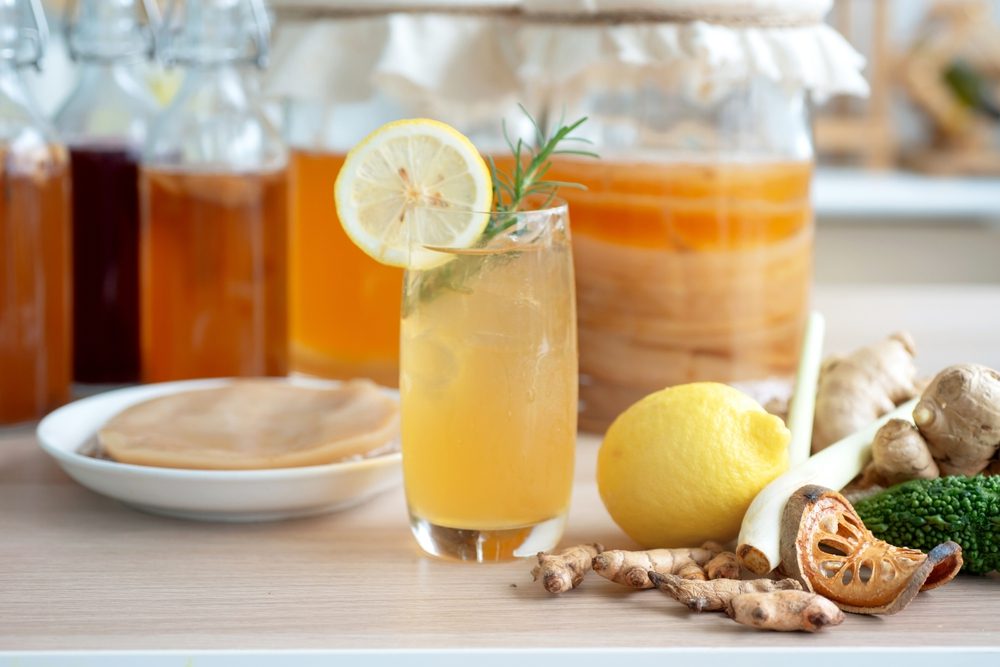A little basil, a pinch of parsley, a few bay leaves, the secret of a good cook is in the pots of your aromatic herb garden . Just reserve a corner in your window or on the terrace to grow aromatic plants and benefit from their flavor and properties all year round.
At home we enjoy adding aromatic herbs to dishes, both fresh and dried, and it is curious how children associate their flavor with homemade food. Aromatic plants are easy to grow and need little space to grow: a window sill, a terrace or a corner of the garden serve to fill your life with flavor.
We must not lose sight of the fact that aromatic herbs not only give flavor, they also give us health . They are used in cooking and in home medicine for many problems. Most are digestive , which is why they are added to heavily digestible dishes such as legumes and stews. They are also usually antiseptic , and hence comes the custom of seasoning meats and fish, foods that deteriorate quickly, with mixtures of aromatic herbs and spices. They whet the appetite and help children eat better and discover new flavors. A simple pizza with cheese and tomato and oregano can be a homemade and natural dish for Friday dinner at home. They have anti-inflammatory properties and even help improve metabolism, gain muscle and lose fat . They are good for almost everything.
Top 15 Aromatic Herbs.
Here are some selection of aromatic herbs, for their flavor, smell and medicinal properties:
1. Savvy.
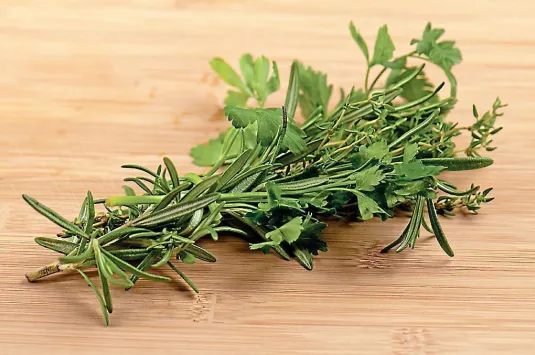
Spicy flavor, smell similar to thyme, It combines well with salads and meats, but its specialty is legumes. It is digestive and whets the appetite. The monks prohibited crops because it increases libido and male fertility.
2. Basil.
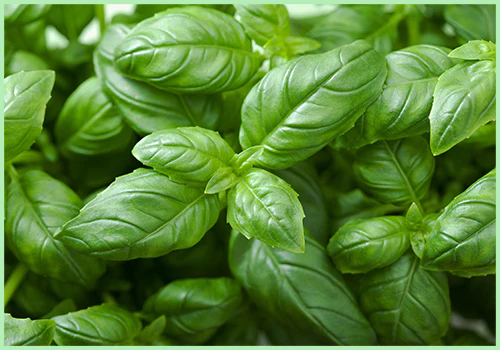
It has a special and personal flavor. It is preferably used fresh, it is widely used in cooking because it combines with all types of foods. It is the star of Italian pasta “al pesto” and flavors olive oil very well. Pots on windows and gardens keep away mosquitoes and fleas. Infused hair rinses increase vitality and prevent hair loss.
3. Chives.
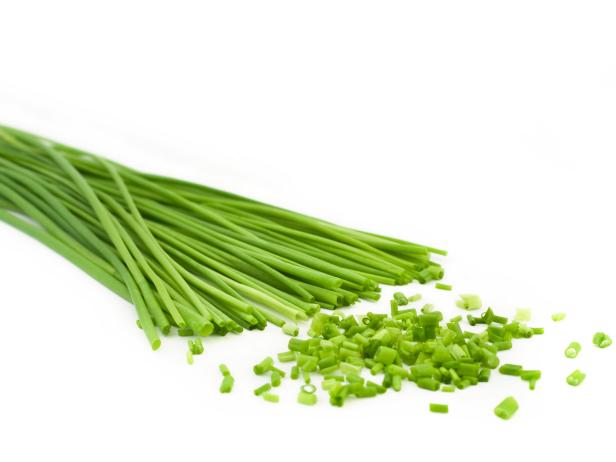
French chives or Moorish garlic leaves an onion flavor with a spicy touch. It is used in salads, soups, cream cheeses and egg dishes such as herb omelettes. It is essential to eat it raw because the aroma is lost during cooking. It is an ingredient in the fine herbs recipe.
4. Dill.
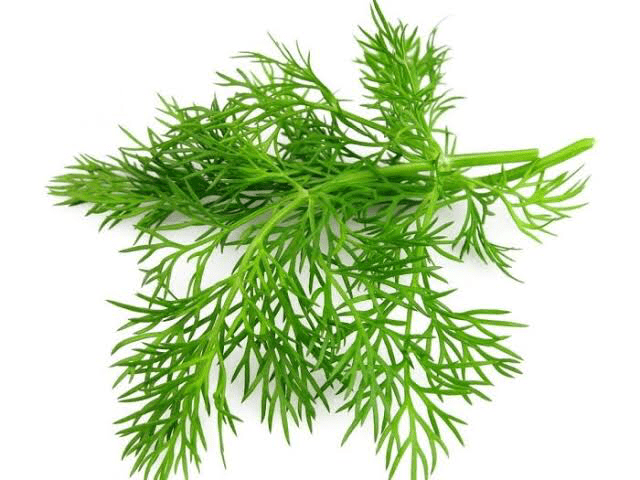
In Rome it was the plant of happiness and pleasure. It has an aniseed and refreshing flavor. Dress fish (marinated salmon), salads and vegetable creams. It is very good for relieving gas, flatulence and colic in children and if you have bad breath you can chew the seeds to combat it.
5. Tarragon.
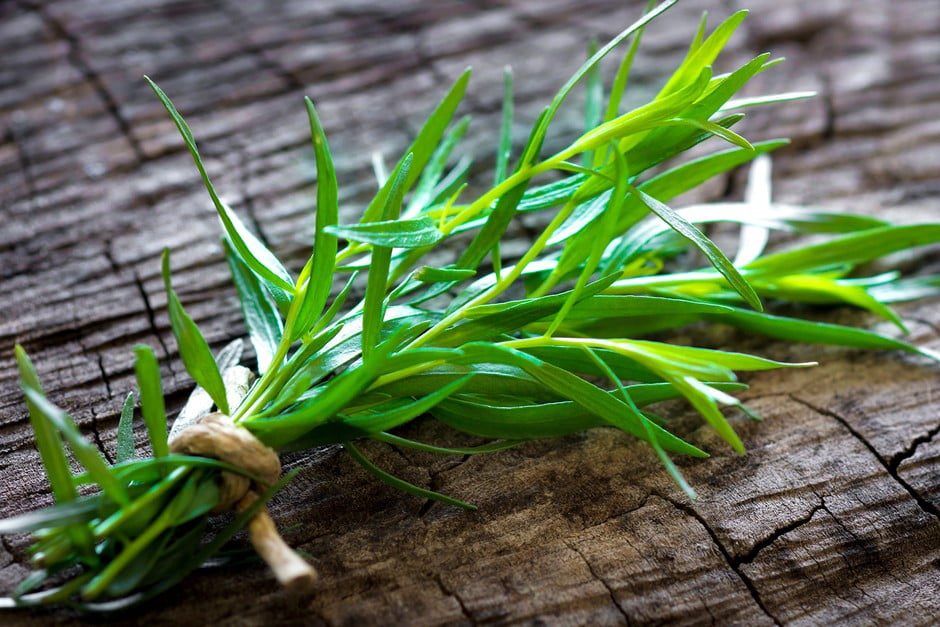
It has a peculiar flavor, somewhat spicy and very French. It is one of the ingredients of fine herbs and combines with eggs, sauces, mayonnaise, cheeses, tomatoes. In the past it was used to relieve toothache and prevent fatigue due to its stimulant qualities.
6. Fennel.

Its smell is reminiscent of sweet anise, fresh branches and leaves are used in salads and the seeds are used in cooking. It combines with salads, legumes, vegetables and breads to which it gives an aniseed and sweet smell. It is a highly recommended herb to calm heavy digestion and gas problems. It stimulates milk production in lactating women and is a diuretic and slimming product.
7. Laurel.

Symbol of family harmony and crown of wise men and Greek achievers, it has been used since ancient times in cooking for its peculiar and spicy aroma. It is advisable not to abuse it fresh and combine it with other herbs as in the garní bouquet . It is classic in Spain in stews such as lentils, because it promotes digestion but also combines with stews, tomato sauces and even desserts with milk.
8. Marjorana.
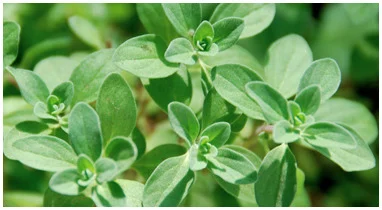
A cousin of oregano, it has a sweet and somewhat cloying flavor that combines very well with vegetable creams such as peas, tomatoes, onions and potatoes, fresh cheeses and salads. It is added at the last moment so that it does not lose the aroma during cooking. It is digestive and calming although our grandparents said it decreased libido.
9. Melisa.
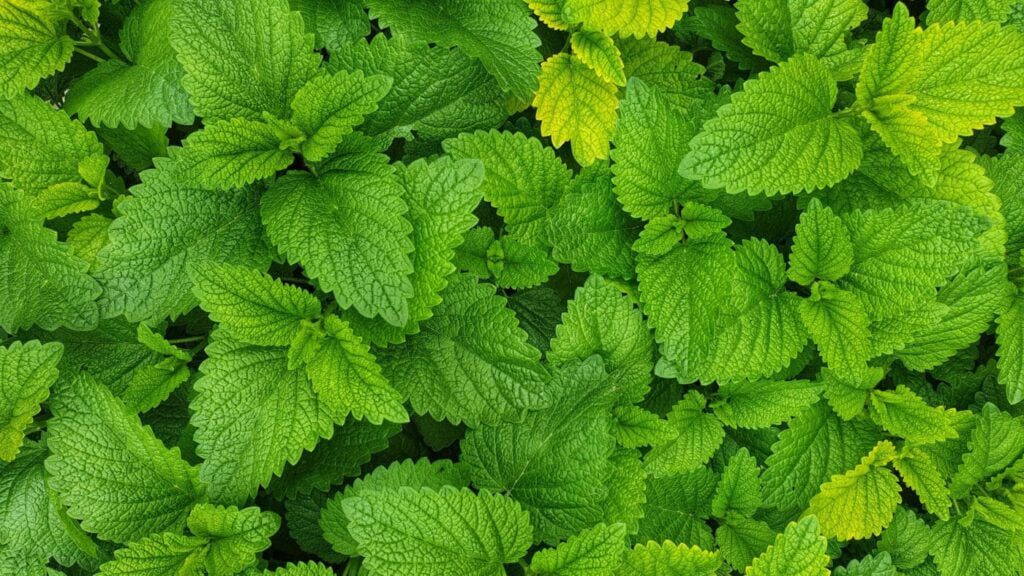
Also called lemon balm or lemon tree for its pleasant lemon smell. It perfumes cabinets, flavors drinks such as beers, infusions, desserts, cheeses and sweet sauces and leaves a refreshing taste. It has calming and antidepressant properties and relieves the discomfort of menstruation.
10. Mint.
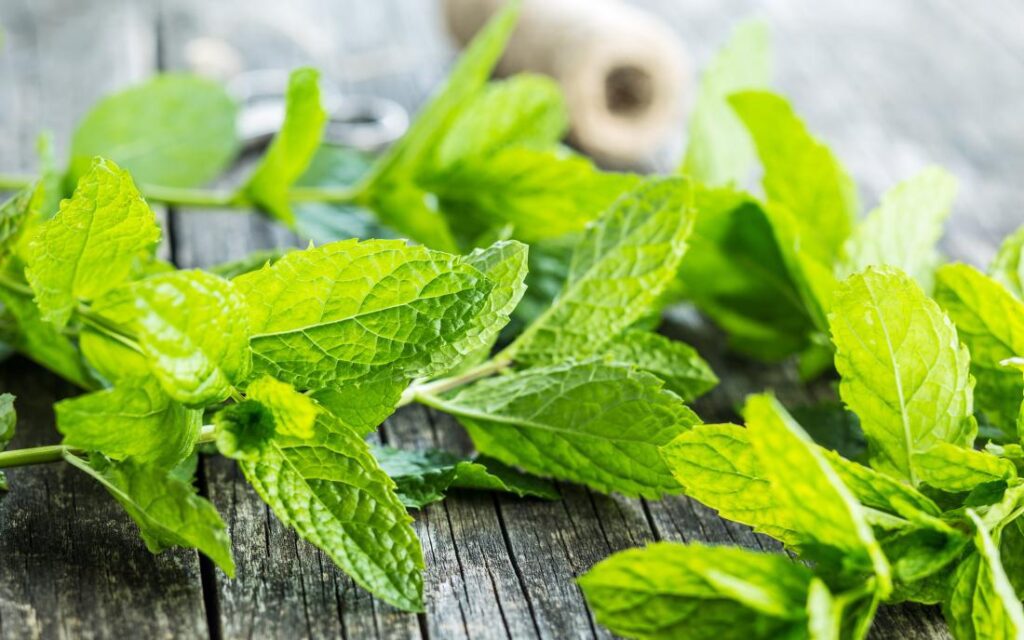
Highly appreciated for its pleasant and refreshing flavor as an infusion, it can also be used in sauces with yogurt, tender vegetables and chocolate desserts. It is digestive, antiseptic and antispasmodic so it helps relieve and prevent diarrhea and food poisoning. It should not be abused in case of hiatal hernia or gastric reflux.
11. Oregano.
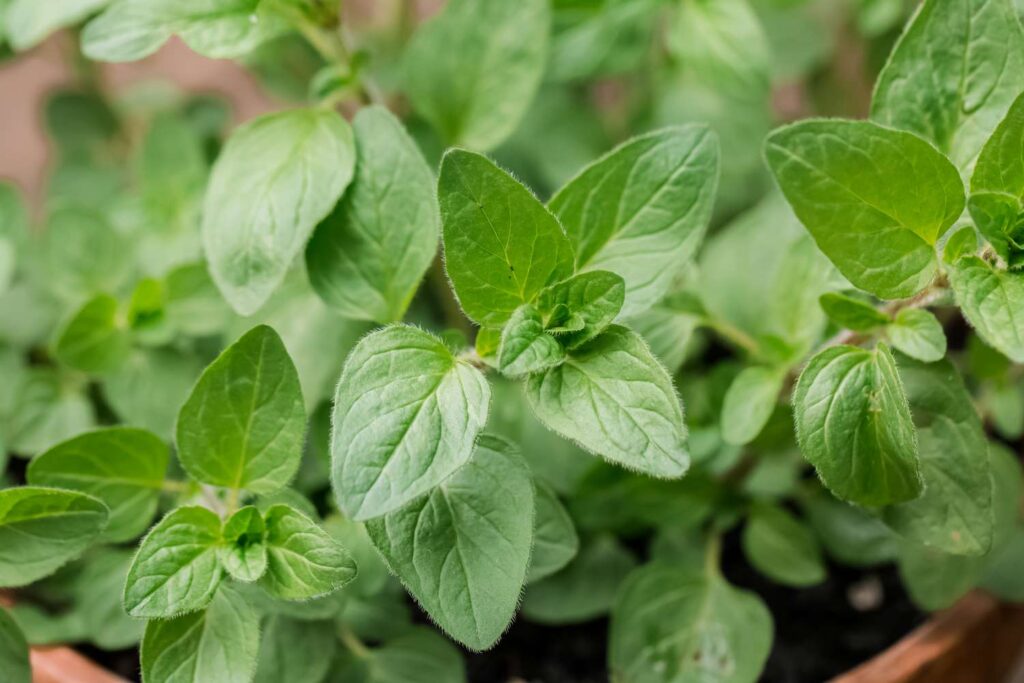
It gives a Mediterranean flavor, strong and peculiar. Essential in Italian cuisine for pizzas and pasta dishes, but don’t stop there, try combining it with pork, cheeses and poultry fillings. It is a digestive and antiseptic herb that improves gastrointestinal infections.
12. Parsley.
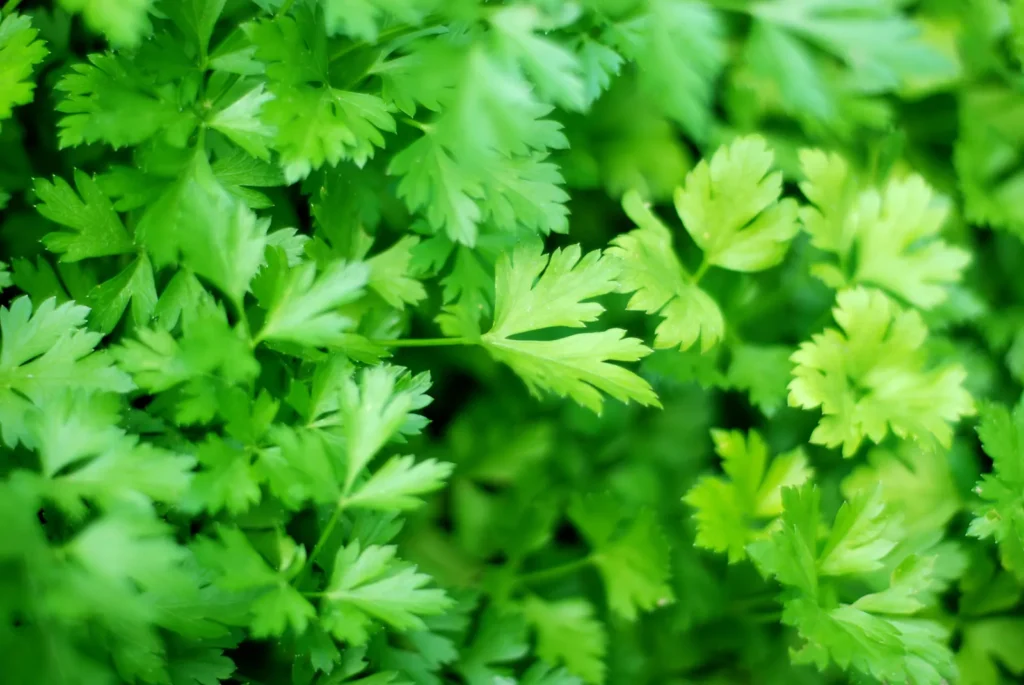
An emblem of Spanish cuisine, it is used as a condiment in all types of dishes. It is one of the herbs with the highest nutritional values due to its richness in fresh vitamin C (150 mg/100g), iron, calcium, potassium and vitamin A. It is also a diuretic, promotes the formation of breast milk, regulates menstruation, improves digestion, it is the panacea herb in the kitchen although it should be avoided during pregnancy. Don’t forget to put it next to San Pancracio to attract fortune.
13. Rosemary.
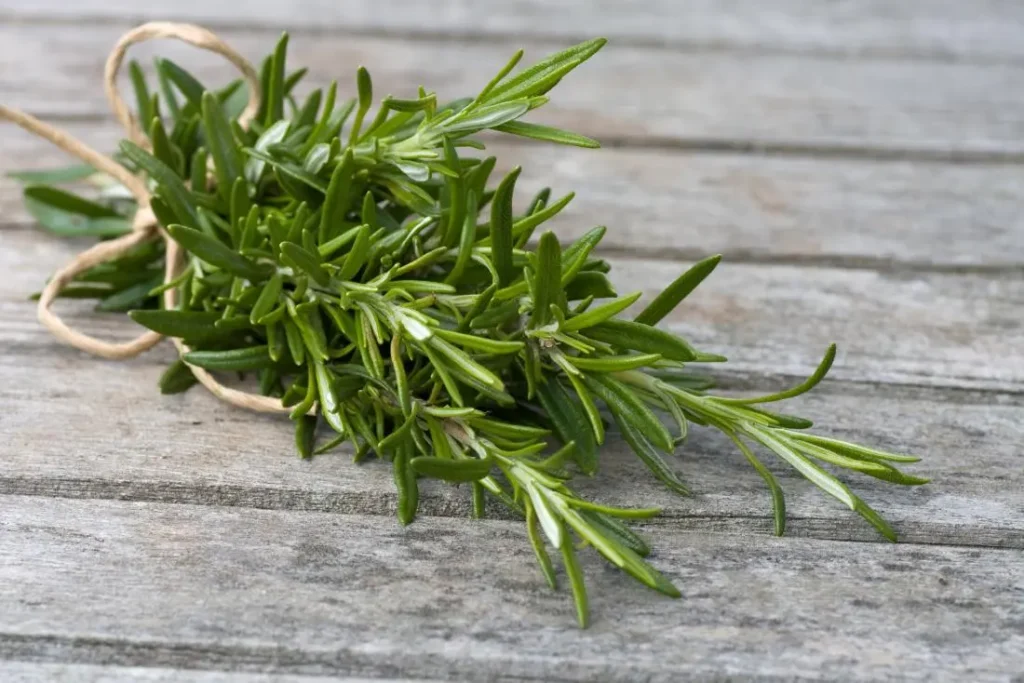
It gives the Mediterranean aroma to your dishes and is an herb of great interest to athletes for its revitalizing properties that have given it the name Spanish ginseng. It season oils, preserves and meat dishes (pork and lamb) and leaves a strong and special flavor so the quantity should not be abused. It is an antiseptic plant that helps preserve meat for longer and helps digest it because it stimulates gastric juices, although it should not be taken during pregnancy. If your hair falls out, rosemary in infusion or tincture is your ally after washing.
14. Sage.
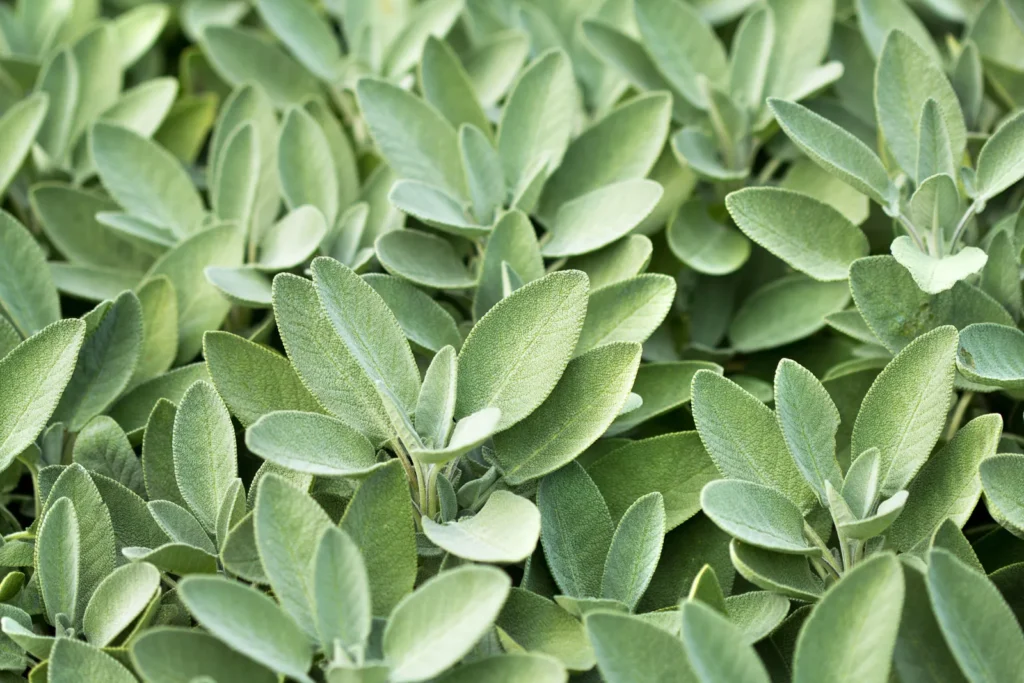
The name sage comes from the Latin salvare , for being one of the plants with the best healing virtues. In the kitchen it leaves a bitter, somewhat spicy flavor that combines with cheeses, butters, meat stews and sauces. It is bactericidal, antiseptic, digestive, anti-inflammatory and is traditionally associated with typical women’s diseases (menstruation, hot flashes, menopause, etc.) although it should not be used by lactating women because it cuts off the flow of milk.
15. Thyme.

It aromatizes the fields and stews with its warm and spicy smell. Blends well with other herbs for long-cooking stews and sauces. It adds a touch to pâtés, soups, cheeses, mushrooms, vegetables, meats, fish, practically all foods. It has digestive, antiseptic, bactericidal and expectorant properties so don’t forget about it to ward off flu, gastrointestinal poisoning and any type of infection.
Bottom Line.
Aromatic herbs play a crucial role in enhancing the flavor, aroma, and overall appeal of a dish. From basil and thyme to rosemary and mint, these herbs not only add depth and complexity to a recipe but also offer numerous health benefits. Incorporating aromatic herbs into our cooking not only elevates the dining experience but also contributes to a healthier lifestyle. Whether used fresh or dried, these herbs bring a unique and delightful touch to any dish, making them a must-have in every kitchen.

 Workout
Workout
 Meditation
Meditation





 Contact Us
Contact Us

